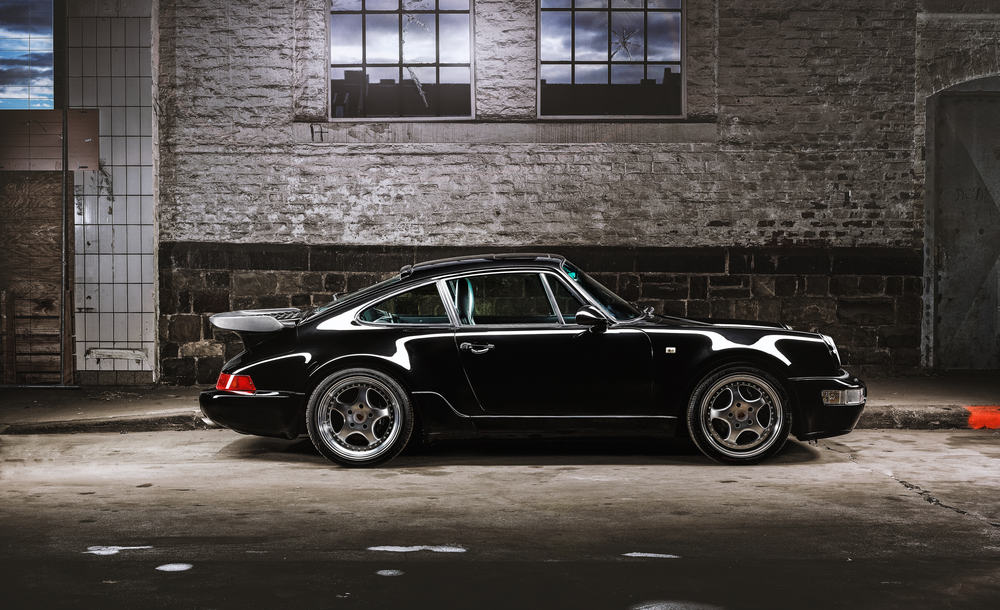Before you can buy vintage car insurance for the first time you need to understand what a vintage car is. Many people assume that a classic car, or an antique car, is the same thing as a vintage one. When it comes to some insurance companies that may even be the case, but all three of them are different in three distinct ways. We are not going to go over all the differences here, but you do need to understand the true meaning of a vintage car, so let’s cover that quickly.
- A vintage car was produced between 1919 and 1930.
- A vintage car will be licensed through the DMV with a unique plate, but each state has different qualifications and definitions.
- A vintage car will be worth a decent amount of money, being worth more now than it was when it was purchased brand new.
The main thing that you need to remember is that insurance companies will place your vintage car into the category that they feel it fits in to. Most do not break them down into the three distinct types of cars, they will simply put them into a collectible insurance category that will give you some basic coverage.
Classic car insurance is designed for your vintage car. You should never insure it with a regular policy, and you should never go through a company that does not have a special policy for your ride. Let’s go over a few things that you need to look for in the policy that you are looking at.
- Bodily Injury: It doesn’t matter how bad the accident is, there is always a chance that someone gets hurt bad enough to warrant a trip to the hospital. This will cover any injuries or death that you cause, excluding your own.
- Medical Payments: This is like the section of the policy above, except it covers your medical bills, and any medical bills of your passengers.
- Property Damage: Hopefully when you are out cruising in your vintage car you do not run into anything, or anybody. If you do, though, this part of the insurance plan will cover the damages that you created.
- Comprehensive Insurance: If you have been around even for a few years you know that Mother Nature can be temperamental at times. This section of the coverage will cover repairs caused by natural disasters, vandalism, theft, and any accidents that do not involve a collision, such as hitting a deer or tree.
- Collision Insurance: Accidents do happen, whether you want them to or not. This part of your policy will cover any damages done to other cars when you are at fault, and it will help pay for your repair costs as well.
- Uninsured Motorist: Nothing is more frustrating than to get into an accident with another motorist that does not have any insurance coverage. This aspect of your policy will ensure that your car is still covered.
- Underinsured Motorist: Most basic insurance policies will not cover the amounts that your vintage car will cost. This coverage pays above and beyond what the other persons insurance will cover, making sure that your repairs are fully covered.
You should already know that the cost of fixing your vintage car can be much more than a basic everyday car repair. Parts are harder to find and will usually have to be ordered through a company that specializes in hard parts. Sometimes you will be able to find some used parts from a vehicle that has been sitting in a junkyard, or somebodies back yard. And we do not even want to think about the idea of having to total the car and having to try to replace it.
You treat your vintage car with the respect and care that it deserves, so when you are looking for insurance for the first time that covers it with the same type of concern, you need to go with a company that is on the same page as you. American Collectors is one such company that offers ever type of policy that you need for your collectible car, with various levels to choose from.

